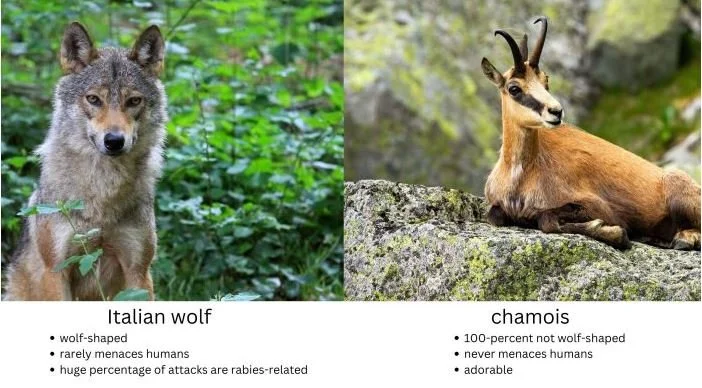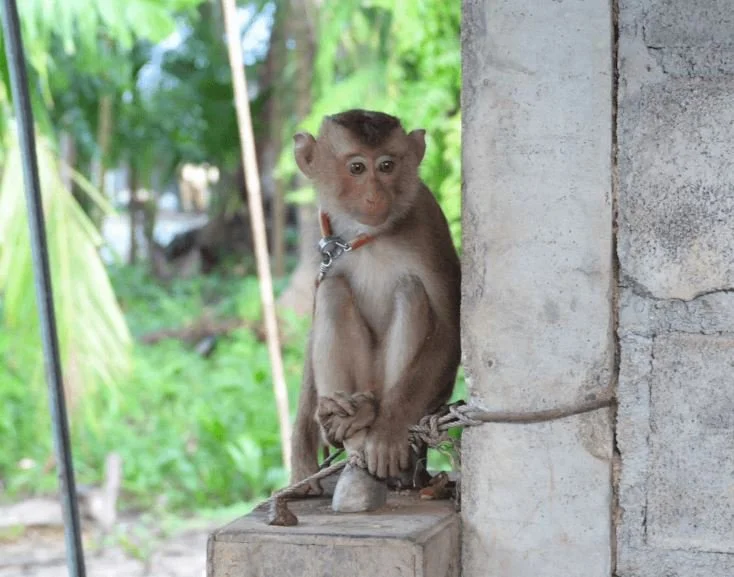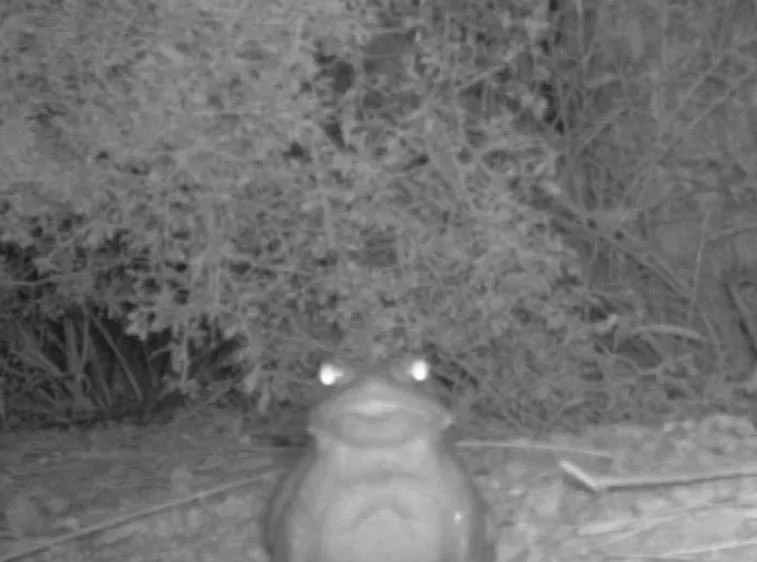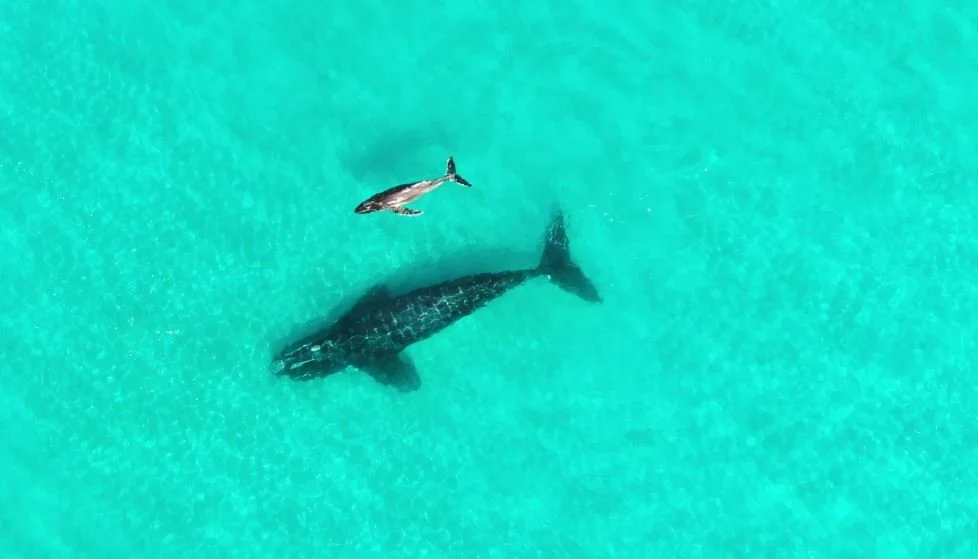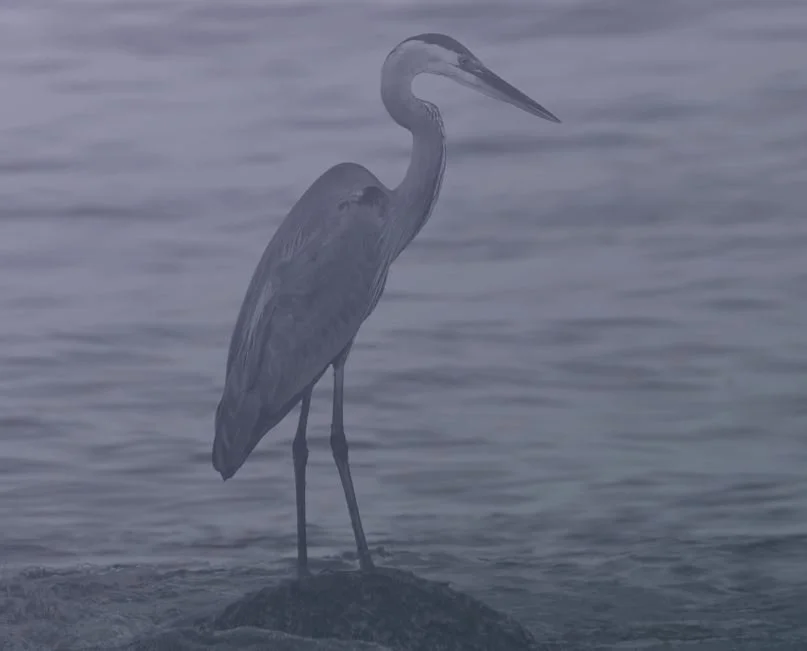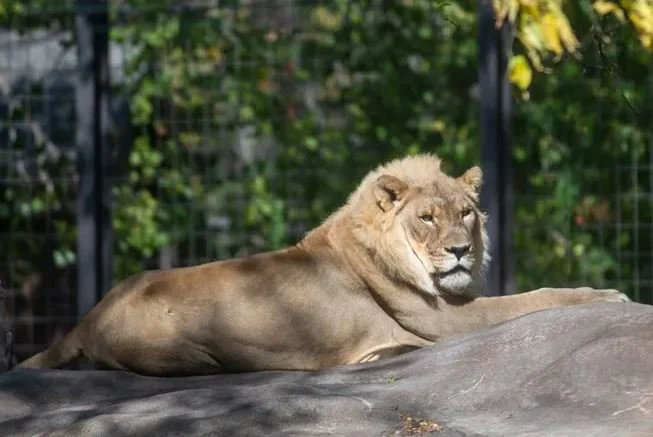ZSL Whipsnade Zoo in Bedfordshire, England has introduced a new giraffe to the world, six-foot-tall Wilfred, born on Remembrance Day (Veterans’ Day, across the pond). The new arrival is named after World War I poet Wilfred Owen.
Hi.
Welcome to my blog.





